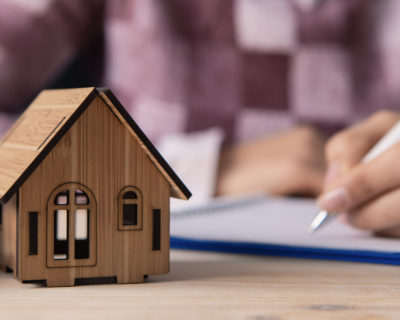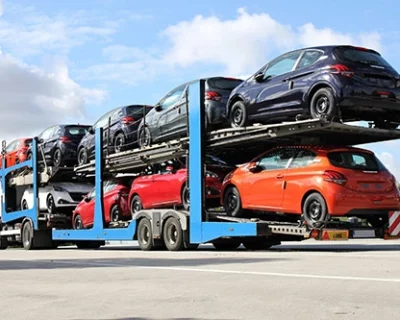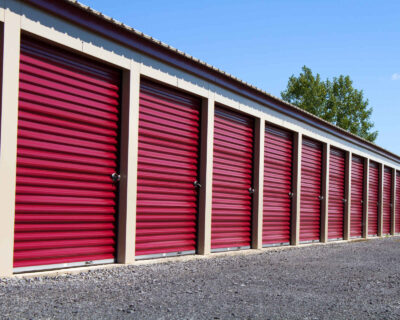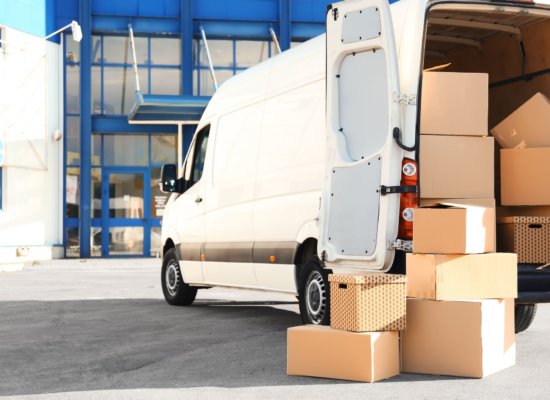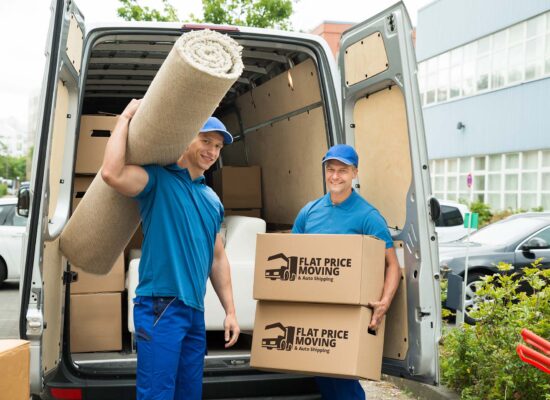A Guide on How to Estimate the Value of Household Goods
Moving to another home can be quite challenging, with all the packing, arranging, shipping, and unloading that lies ahead. Regardless of the way you decide to relocate, make sure you estimate the value of household goods and check different coverage quotes to get the best deals for your unique possessions and vintage furniture. Entrusting cross-country movers to transport your belongings is not easy, even if you opt for the most renowned moving services.
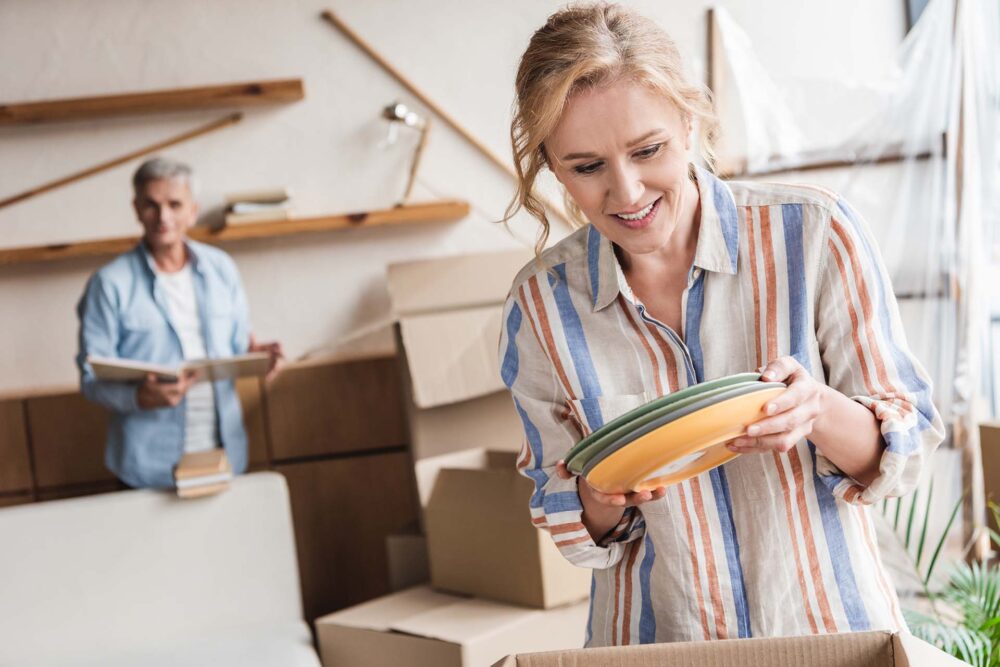
Should You Estimate the Value of Household Goods When Cross-Country Moving?
Even if you choose professionals that offer excellent coverage deals and give a proper evaluation for your belongings, there is no reason not to check the market and see if there are better deals out there. Besides, who says that your goods should have only one insurance policy. If you want to have peace of mind while your personal belongings are shipped, arrange double insurance, one from the long-distance moving company, and another one from an insurance agent.
After all, the average American only has about $65,100 stashed away for emergencies. So, if somethings goes wrong during the relocation (which is not impossible even if you hire professional long-distance movers), will there be enough money to deal with the damage? Refer to the below guide, which will help you understand the importance of household valuation.
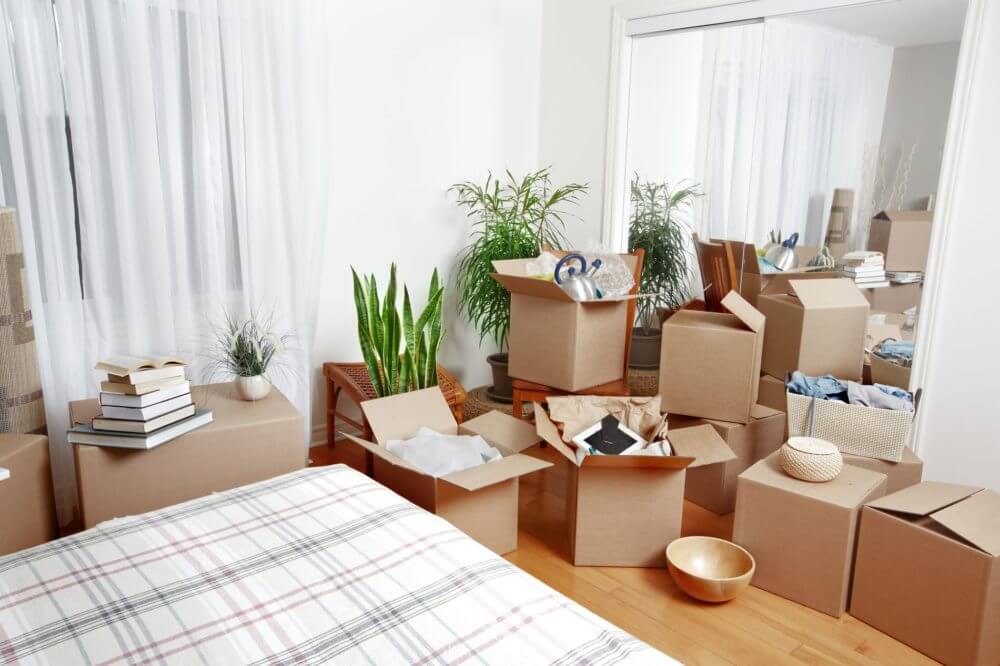
Estimate the Value of Household Goods – Get Fair Market Evaluation
This might seem like a daunting task at first. You have so much on your plate right now, booking long-distance moving services, getting organized for a move, obtaining moving boxes, finding the best packing services, dealing with utilities – getting an evaluation is one more task to be ticked off from the endless relocation list. You should come up with a list of items you are planning to ship to the new home. Create a spreadsheet on your computer and write down the worth of all those belongings. It will be a lot easier to compare it with the estimates you get from insurance companies and professional moving and car shipping company.
Donated Items Can Enable Tax-Deduction Claims
However, before you even come up with a list, you should get rid of any stuff you no longer need. After you arrange everything into boxes, you can stick the printed inventory list onto every box. This way, your chosen company will have an insight into the content of every box. Don’t forget to include large pieces of furniture, sofas, cabinets, a cupboard, and anything else that doesn’t fit the box.
Donating can be useful in more than one way. Not only it rids your home of unnecessary contents, from unused clothing to much bulkier stuff, but it can help with money, too. IRS takes account of donations when its agents calculate tax write-offs. A finance professional can help you with the valuation of your unneeded property, if you just don’t have time to dal with that too. They can put a more precise value on everything that can be donated in terms of tax deduction and provide high-sought information about rules and regulations.
What Should Your Content Value Estimate Include?
If you have some stuff in a storage unit, keep in mind that it should be insured and evaluated as well. Take into account all the delicate items, too. Your glassware belongings, vases, porcelain, kitchen items, and anything fragile falls under this category. You will need some privacy to focus – use a home contents calculator before you have movers over to do a shipping quote. Even though you will be the one determining the worth of the items when you apply for coverage, you might be asked to prove those claims. And make sure you have an insurance policy.

Determine the Value of Each Item
You have to determine the worth of each one of the items you are moving. If you think that some goods are not that important – it’s up to you to decide whether to insure them. Don’t worry if you cannot decide how to evaluate the goods properly – you can always get an expert to assess the worth of the items. This is the way to go with some antiques and vintage furniture pieces. For others, don’t hesitate to simply use Google and determine the price from the privacy of your own home.
A Note on High-Value Items – They Need Insurance as Well
Even though expensive things, such as jewelry, should travel with you and not inside moving boxes, you can have it evaluated in a local jewelry store. The goods that are too old and difficult to move should have proper coverage. Don’t just assume that everything will work out.
Make sure you have the best possible cover. Learn all the information you can on household goods insurance. No item can be overlooked when it comes to money. Maybe you own some high-end clothing that you don’t know about, or that plate stuck in the kitchen corner is the family property for generations. Really, the kitchen is often a vault of contents. Your next address will be your home, so you should be looking for all the information on how to create the best possible property. Insurance will cover that, so it’s well worth the money.

Consequences of Day of Severe Weather – Destroyed Products and No Insurance
Sometimes, even the sunniest day can turn into a downpour and strong wind. When the storm hits, anything can happen. In case of heavy rain, some of the boxes might get wet, and the things inside can get wet and ruined. If your belongings are heavily affected and not insured, you will have difficulties getting the reimbursement from a professional company. Think ahead and protect all those things you have previously evaluated. Don’t accept anything less than their real worth!

Most Popular Estimate Calculators
Take a look at a content insurance calculator if you are not too happy with the paper and pen option. You don’t have to overthink about the worth with free online tools. Don’t overestimate the price of your possessions and end up paying more for the premium coverage. Be as accurate as possible.
Moving Insurance
Flat Price Moving and Auto Transport Company offers moving insurance to cover potential damages
Read moreAuto-Transport
If your first concern is having your vehicle transported safely and efficiently, enclose shipping is the way to go.
Read moreStorage Service
Knowing what kind of surprises cross country move may hold, we offer 30 day free storage for belongings at the origin state.
Read moreCalculating the Cost of Your Business Equipment – You Are Not Moving Your Personal Property Only
If you happen to be transferring an LLC to another state and relocating your business equipment and not just your personal belongings, get them insured as well. Laptops, speakers, desktop computers, and other expensive gadgets make an important category of your private collection. Give them the protection they deserve.
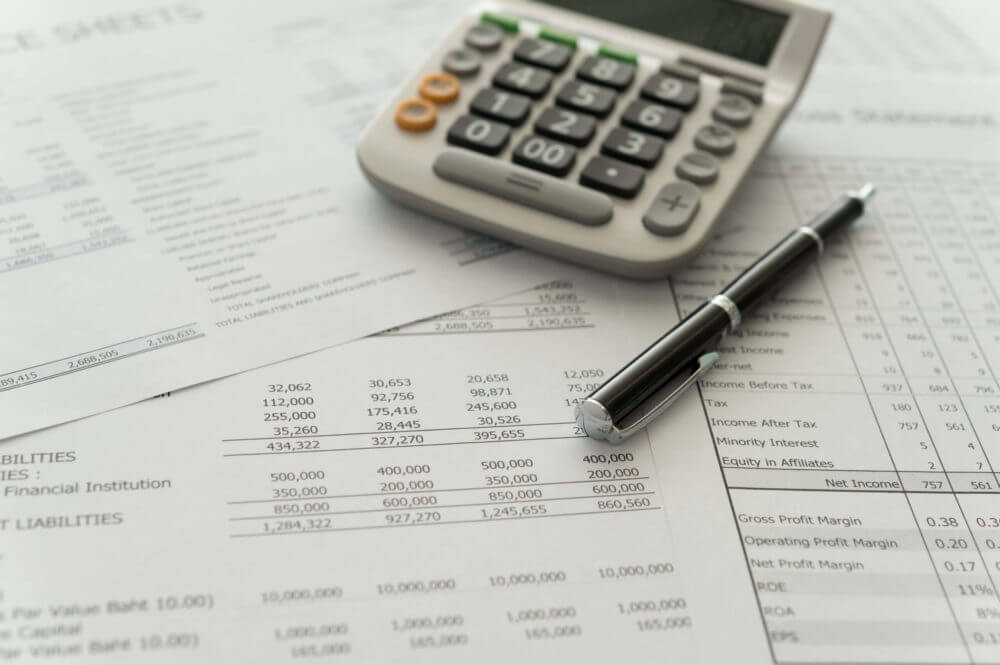
Move With Professional Auto Transport Company for the Best Experience
Estimating the value of your household goods is a crucial step in preparing for a move, ensuring that you have the right insurance and peace of mind during the transition. Understanding the factors that affect the worth of your belongings and using a systematic approach to valuation will help you set a realistic expectation for insurance coverage. If you’re planning a move that includes auto transport, consider reaching out to Flat Price Auto Transport and Moving. We offer reliable services that can make your relocation smoother and stress-free. For more information contact us today and get the reliable quote.
Frequently Asked Questions About How to Estimate the Value If Household Goods
How Do I Determine the Value of My Household Goods for Moving Purposes?
List each item along with its condition. Estimate the value based on current market prices for similar items, which you can find online or at local stores.
What Factors Influence the Estimated Value of Used Household Items?
The value is influenced by the item’s age, brand, condition, rarity, and local market demand.
Is There a Simple Method to Calculate the Depreciation of Household Goods?
Use the straight-line depreciation method: divide the purchase price by the expected lifespan in years, then multiply by the item’s age to find the current value.


